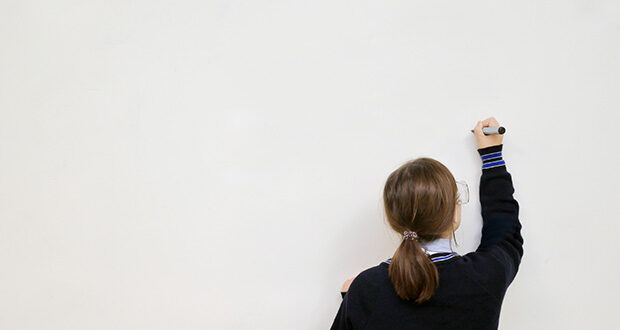A lack of teacher training and misuse of NAPLAN results are preventing schools from identifying and supporting gifted students, education experts have warned.
According to a new study from Griffith University, schools that have used NAPLAN test results to identify gifted children have been missing out on their giftedness as these students often underperform in the test.
Griffith University Education Lecturer Dr Michelle Ronksley-Pavia said using NAPLAN's results to spot highly-potential kids shows that schools are confounding giftedness and talent.
"When schools are using NAPLAN and thinking they're identifying giftedness, they're not; they are looking for talent in the very narrow set of skills the test assesses," Dr Ronksley-Pavia told Education Review.
In Australia, gifted students are usually identified through the French-Canadian Gagné Model, which says gifted students have "outstanding natural abilities or aptitudes" in academics, sports, music and/or arts from a very young age.
Talented kids despite also having above-average skills, have to develop and work on their natural abilities for years to reach the top.
While Dr Ronksley-Pavia said using NAPLAN to identify talented students was not "particularly problematic" as they are often academically high achievers, the misuse of the test can set gifted students on the wrong academic path.
This year, the NAPLAN band testing system was changed from 10 bands to four to detect and better support underachieving kids.
"Gifted students often underachieve in NAPLAN testing, but they still could be exceptional students," Dr Ronksley-Pavia said.
At school, gifted students can be disengaged or bored with their grade-level curriculum, resulting in being seen as underachievers.
In 2021, more than 400,000 gifted students were sitting in classrooms nationwide - many unidentified.
Gifted students from rural, low socio-economic, culturally diverse, or Indigenous backgrounds are the ones whose potential goes unnoticed the most.
Research indicates that up to 50 per cent of gifted students are underachieving, with 20 per cent dropping out of high school and 40 per cent failing to complete tertiary education.
UNSW's Gifted Education Research Centre (GERRIC) director Associate Professor Dr Jae Jung, said that while teachers have been trying their best to support gifted students, they need more professional development.
"Teachers are usually well-intentioned, but if they don't have training in gifted education, they may rely on common myths and stereotypes about gifted students and gifted education," Dr Jung said.
According to Dr Jung, reviewing initial teacher education to integrate modules around giftedness and continuous professional development to identify gifted students and how to adapt the curriculum would be a step in the good direction.
"For the last 30-plus years, we have largely ignored the educational needs of a section of the student population who may have made significant and substantial contributions to Australian society," he said.
"Our brightest students are most likely to make a real difference to society; they're the ones best placed to find cures for cancers, solutions to global poverty, and to address today's climate crisis.
"And yet, they're the most neglected group within our education system."
Do you have an idea for a story?Email [email protected]
 Education Review The latest in education news
Education Review The latest in education news

One comment
Pingback: Why you can't identify gifted students using NAPLAN - EduResearch Matters